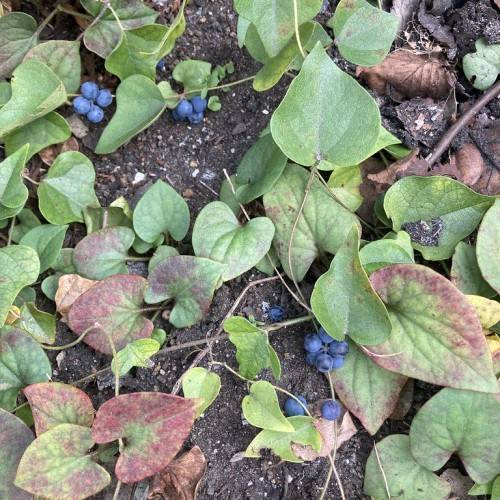
cocculus
Cocculus orbiculatus
Cycle:
Perennial
Watering:
Average
Hardiness Zone:
6 - 10
Flowers:
Flowers
Sun:
Full sun,part shade
Growth Rate:
Low
Maintenance:
Low
Poisonous To Humans:
Yes
Poisonous To Pets:
Yes
Salt Tolerant:
Yes
Care Level:
Medium
watering
Cocculus orbiculatus should be watered regularly and lightly. During the spring and summer months, the plant should be watered twice a week, making sure to avoid letting the plant sit in standing water. During autumn and winter, water sparingly, about every 2 to 3 weeks. When the top few inches of the soil are dry to the touch, it is time to water.
sunlight
Cocculus orbiculatus, also known as Japanese coralberry, is native to east Asia and prefers full sun to partial shade. It grows best in well-draining, porous soils with a pH between 6 and 7 and should be watered regularly throughout the growing season. This plant species needs a minimum of 6 to 8 hours of sunlight a day to thrive, and should be kept in direct sunlight for the majority of the day during the growing season. For optimal growth, direct sunlight in the morning and late afternoon is recommended, as this will give the plant just the right amount of light and heat for photosynthesis.
pruning
Cocculus orbiculatus is best pruned in late winter to early spring, when the plant is still dormant. Pruning should be done to maintain the desired size and shape of the plant. Remove any dead or damaged branches and reduce overall size by removing some of the older growth. This will also help to keep the plant compact in shape and well branched. Be sure to make clean pruning cuts, and remove any suckers that appear at the base of the plant. Additionally, prune out any undesirable twiggy growth that is sapping energy from the main stems. As a general rule, avoid removing more than 1-third of the plant in any 1 season.
